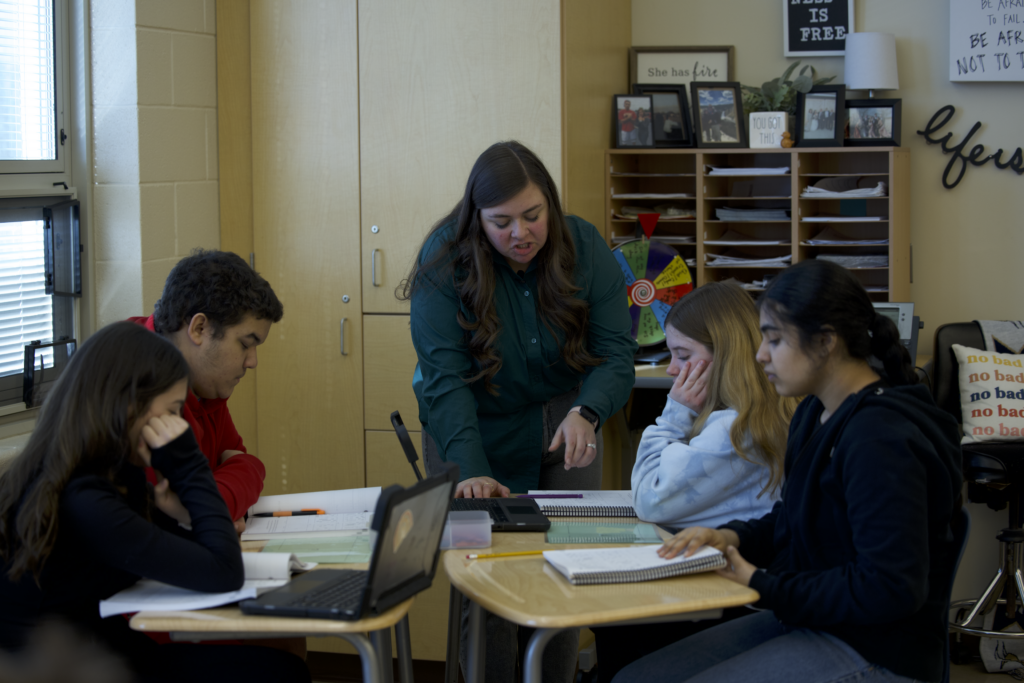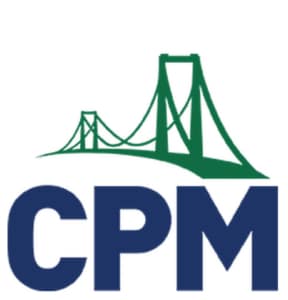May 2023

As the school year comes to a conclusion, Nancy and I have reflected on our growth in the classroom. In our previous article, “The Success of the Warm Demander,” we explained our goal to build mathematical identity and shared authority of learning in our classroom. We believe we reached that goal because of the relationships and connections we created with each individual student.
Given that our class is two periods long every day, our students spend ten hours a week with us. Imagine what it would be like to spend ten hours on a subject that you might not like, might struggle with, or have little to no self-confidence in. How could we undo any thoughts or behaviors that some students might have had for years before reaching us in high school? It seemed like an impossible task, but one we were ready to take on.
Nancy and I learned that we have to be able to take risks. We were vulnerable with our students. During these two periods, we plan for ‘downtime.’ Downtime is unstructured time to check how students are doing that day. What mood are they in? What do they want to share with us? During downtime, students have quiet chatter and discussions amongst themselves and us. The topics range from personal life stories to the newest Netflix series we must binge-watch. We sit right next to our students at the table, rather than stand in front of the room. Our actions show our students comfort and care from both of us. Nancy connected with some students better than me, and vice versa, but that was okay.
CPM utilizes a collaborative team-based model. We honed in on that, by creating a “Team Double-Block Geometry” mantra. Our class is a team, and each student is part of that team. We would emphasize that each student has a role in the class team. We would say, Do you want to let the team down today? This creates a culture of commonality and connection. The students do not want to let their classmates down.
We assign class jobs in our room which keep students busy. For example, students pass out the calculators, collect materials, clean the whiteboards, change the date on the calendar, and pass out papers. They have duties and responsibilities each day that hold them accountable.
Nancy and I have common phrases that our students know and reiterate. For example, my slogan with the students is, “Math is not a spectator sport; you learn math by doing.” The kids know that when I say that phrase, I am emphasizing that they need to work collaboratively and solve problems together, rather than observing me. Sometimes, all I have to say is, What is Miss Moesch’s motto? and the students know to go to work. With these unique, simple phrases, students become engaged.
Overall, Nancy and I show our students our personalities and in turn let them share theirs. No content can be taught, and no CPM model can be created, without continuing to build and create those personal relationships. We cherish the memories and connections we create with our students, as they finish double block geometry and move on to the next school year.

Julie Moeschberger & Nancy Schikowski
Julie Moeschberger, Salon, OH, juliemoeschberger@solonboe.org
Nancy Schikowski, Salon, OH, nancyschikowski@solonboe.org

